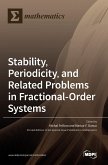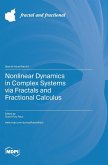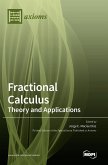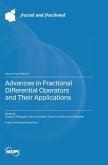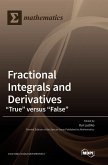As data systems become more effective, more and more mathematical approaches have been applied to real-world applications to achieve exceptional outcomes. Fractional approaches (such as fractional calculus, fractional Fourier analysis, and the linear canonical transform) are gaining importance in the area of mathematics and are gaining attention from the community of applied mathematicians. The theory and method of fractional domain analysis may further define the dynamic process of signal translation from time domains to frequency domains, creating a new avenue for non-stationary signal analyses and treatment studies. In technical domains such as the radar, communications, and sonar domains, fractional approaches are preferable to traditional integral methods because they offer novel concepts, procedures, and ideas. Due to the unpredictability of the sent signal in actual engineering systems and the effect of different disturbances and noises on the transmission process, despite the numerous benefits of these new fractional approaches, a few critical issues still need to be resolved. Simultaneously, fraction theory is confronted with several practical limits in engineering, such as sampling and filtering in the sphere of multidimensional signals. This Special Issue focuses on the current successes and potential difficulties of fractional techniques in engineering theory and applications.



